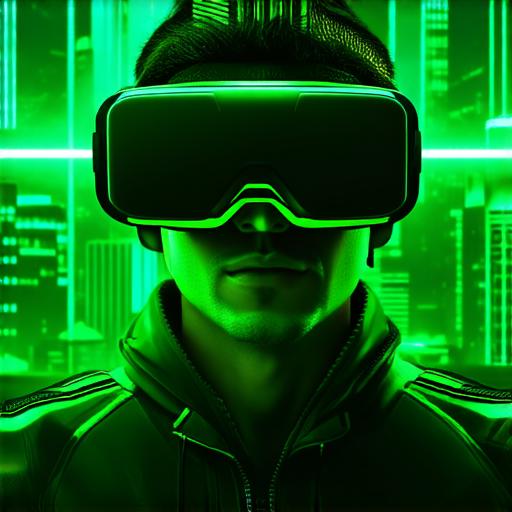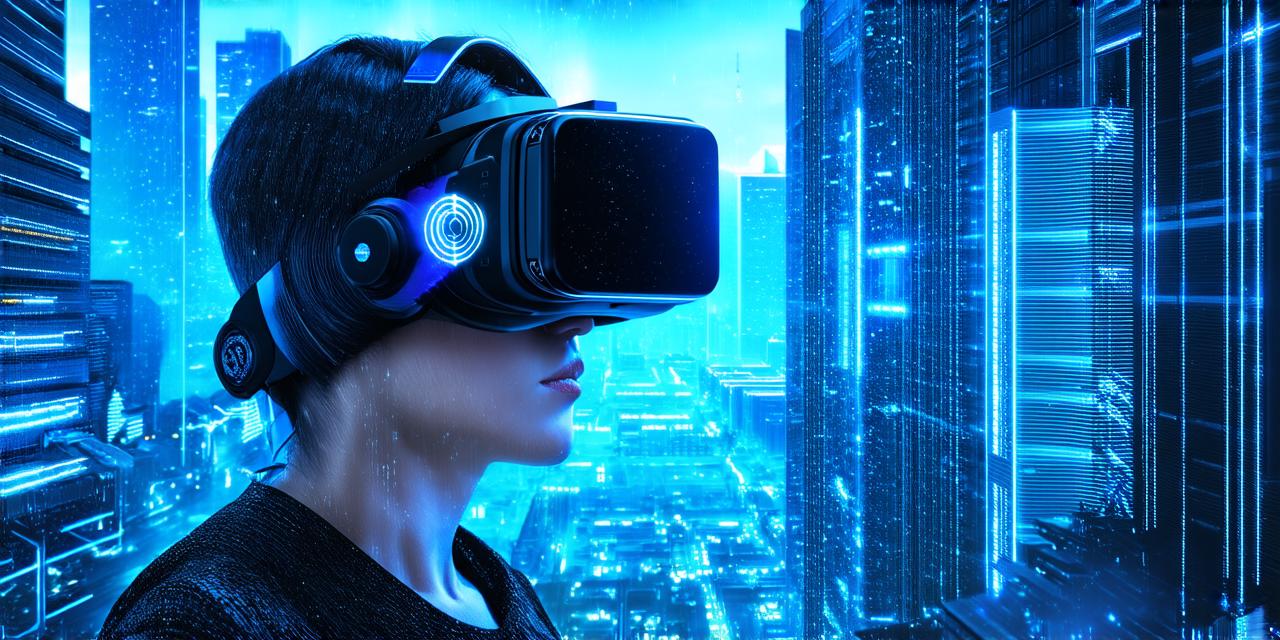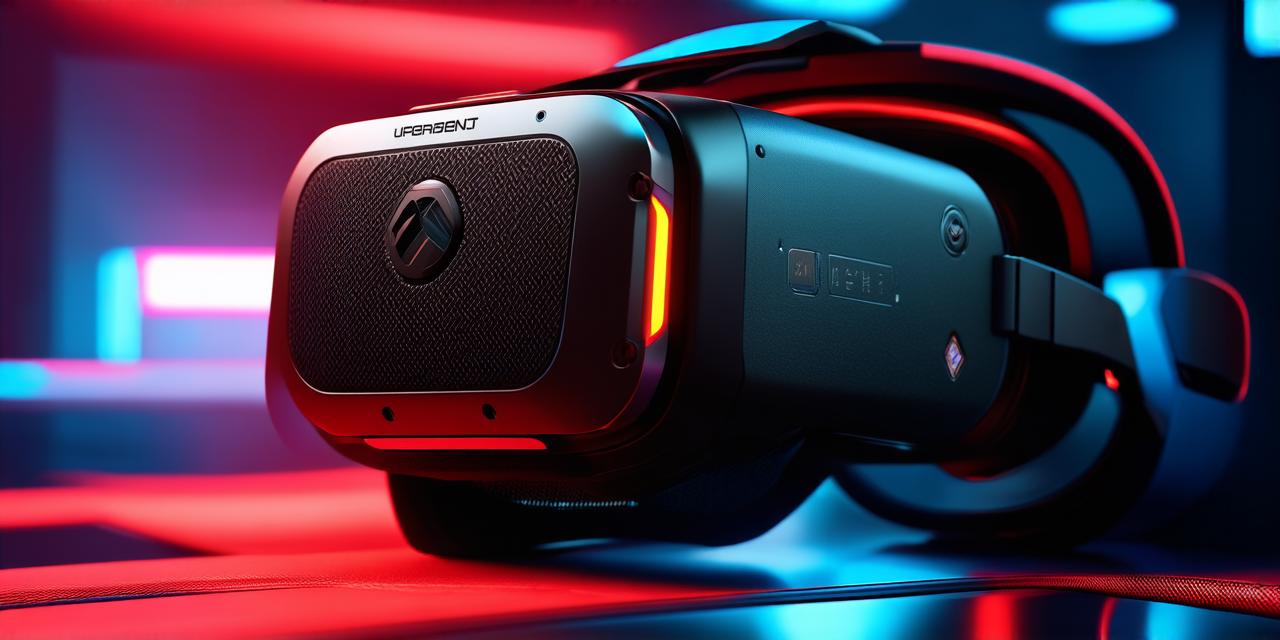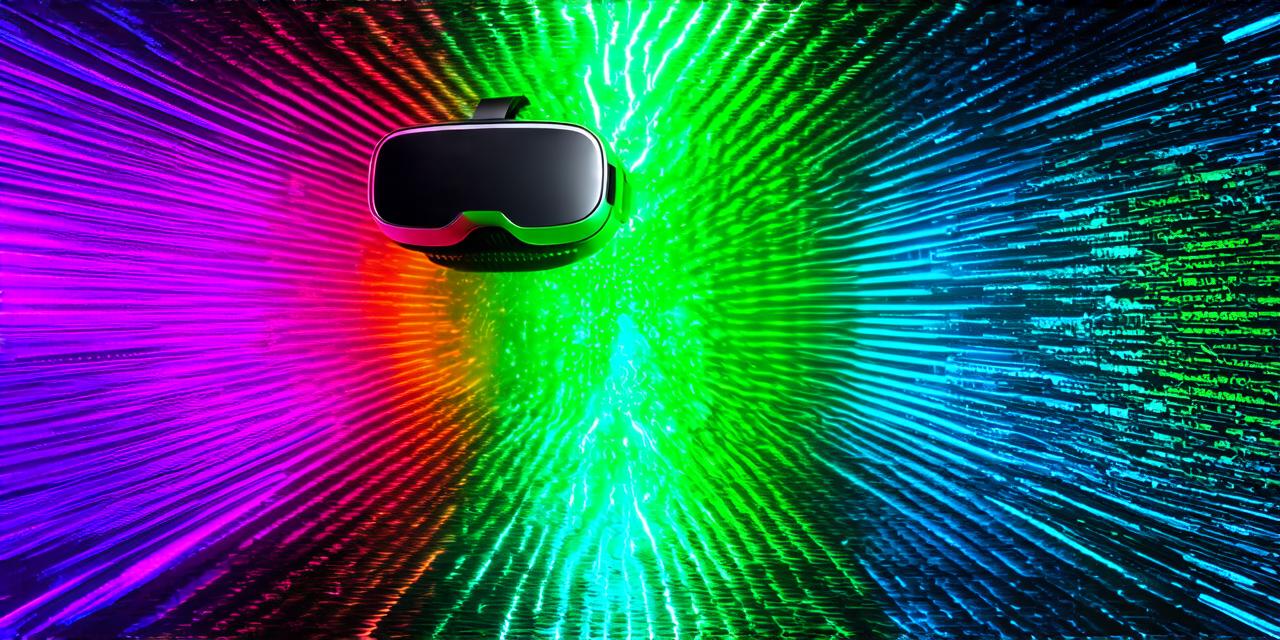Virtual reality (VR) refers to computer-generated simulations that create a three-dimensional environment for users to interact with. VR technology has been around for several years and its applications have been rapidly expanding.
1. Gaming
Virtual reality has revolutionized the gaming industry, providing players with an immersive gaming experience like never before. With VR headsets, handheld controllers, and motion tracking sensors, gamers can step into a virtual world and interact with characters and objects in real-time. This technology allows for more realistic graphics, sound effects, and gameplay mechanics, making gaming more engaging and immersive.

2. Training and simulation
Virtual reality is being used increasingly in training and simulation applications across various industries such as healthcare, manufacturing, military, and aviation. VR simulations provide a safe and controlled environment for trainees to practice skills and procedures without the risk of injury or damage to equipment. This technology also allows for realistic and dynamic simulations that can be customized to meet specific needs.
3. Education
Virtual reality is being used in education to enhance the learning experience for students. With VR, students can take virtual field trips to historical sites, explore outer space, or even dissect animals without harming them. This technology also allows for personalized learning experiences, where students can learn at their own pace and in their own style.
4. Therapy and rehabilitation
Virtual reality is being used in therapy and rehabilitation to help patients recover from injuries or illnesses. VR simulations can provide a safe and controlled environment for patients to practice physical movements and exercises without the risk of injury. This technology also allows for customized therapies that can be tailored to meet specific needs.
5. Entertainment and tourism
Virtual reality is being used in entertainment and tourism to provide immersive experiences for users. With VR, users can take virtual tours of museums, art galleries, or historical sites without leaving their homes. This technology also allows for personalized travel experiences, where users can explore different parts of the world at their own pace.
In conclusion, virtual reality is a rapidly growing technology that has numerous applications across various industries. Whether it’s gaming, training and simulation, education, therapy and rehabilitation, or entertainment and tourism, virtual reality provides an immersive and interactive experience that can enhance the learning and development process. As this technology continues to evolve, we can expect even more innovative uses of VR in the future.



